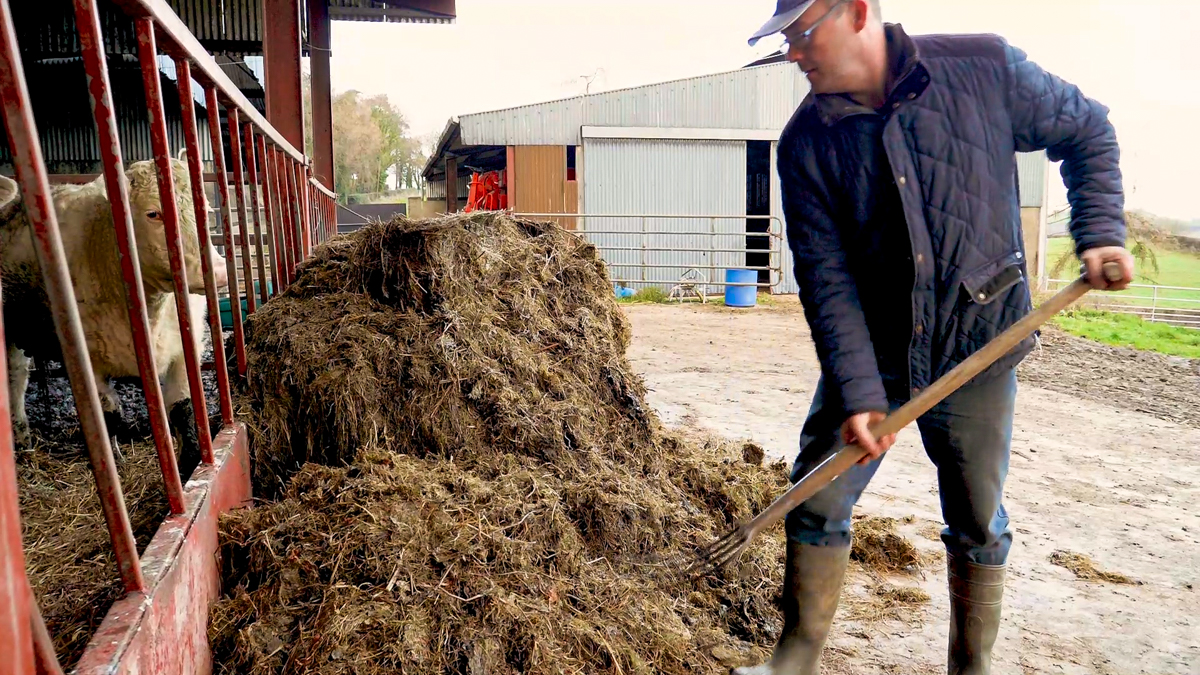The rate of labour productivity in the agriculture sector in Ireland, and the EU generally, has increased this year compared to last, according to preliminary estimates for 2024 from Eurostat, the EU statistics authority.
Among a number of EU countries that saw their productivity index increase, Ireland was among the highest.
In 2024, the index of agricultural labour productivity in the EU is estimated to have risen year-on-year by 1.6%, based on the first estimates for 2024 from the economic accounts for agriculture.
The increase was supported by a 0.6% rise in the real value of factor income generated by units engaged in agricultural production activities, and a reduction of 0.9% in the volume of agricultural labour, according to Eurostat.
Agricultural labour productivity increased in 13 EU countries in 2024. The sharpest rate of increase was in Latvia (46.9%), followed by Luxembourg (27.1%) and Sweden (22.5%).
Ireland was not far behind these countries, with its agricultural labour productivity increasing by 20.3%.
On the other hand, 14 countries saw decreases in agricultural labour productivity.
The steepest rates of decline were registered by Romania (down 16.8%), Hungary (down 15.5%) and Poland (down 12.5%).
The gross value added of the EU’s agricultural industry went up by 4.4% in 2024 compared with the previous year, after a steady performance (0.4%) in 2023 compared with 2022.
This increase stems from the value of the intermediate consumption decreasing at a higher pace (down 5.7%) than the value of agricultural output (down 1.5%).
Taking in the 10-year period from 2015, EU agricultural labour productivity is 37% higher in 2024 compared to 2015.
The index of EU real factor income in 2024 was 11% higher than in 2015 while the index of agricultural labour input declined by 19% over the same period.
Together, these changes resulted in EU agricultural labour productivity being 37.2% higher in 2024 compared with 2015.
Eurostat said that the labour productivity of the agricultural industry can be measured as real factor income expressed per full-time labour equivalent.
This measures the remuneration of all factors of production by the equivalent of each full-time worker in the agricultural industry, presented in real terms (adjusted for inflation).
Eurostat said these figures should not be confused with total incomes of farming households, or the income of a person working in agriculture.
The EU statistics agency said it will publish finalised data for 2024 in May 2025.
